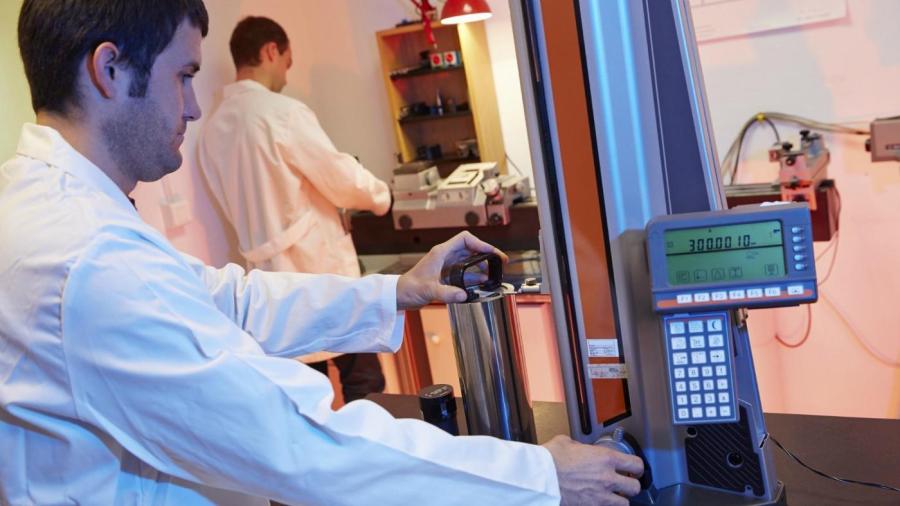What Is the Purpose of Calibration?

The purpose of calibration is to ensure that a measuring device is accurate, reliable and consistent. Any kind of measurement is used in a decision-making process, so it is essential that the data collected is accurate. Otherwise, conclusions are drawn based on errors, and, in those cases, decisions are sometimes wrong and have negative consequences. With a well-calibrated device, the margin of error is known and taken into consideration.
A device that has been calibrated is able to measure in the scale most appropriate for the job, so the information is reliable. Some properties, such as viscosity, flammability, and thermal conductivity, are especially difficult to measure. The use of the proper units in calibration assures that the instrument is measuring what is intended.
Calibration is essential for guaranteeing that measurements are consistent in several ways. When making decisions, it is important to know that information is dependable even when it is collected over a period of time or by different operators. Also, location should not impact measurement readings, so calibrations are needed to ensure consistency among different geographic areas.
Once an instrument is calibrated, it must be cared for in order to retain that calibration. For example, it should not be exposed to environmental conditions for which it was not designed. Also, the device should be monitored to make certain the calibration remains steady.





